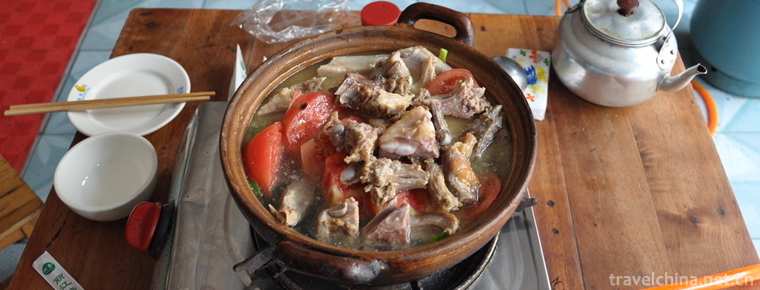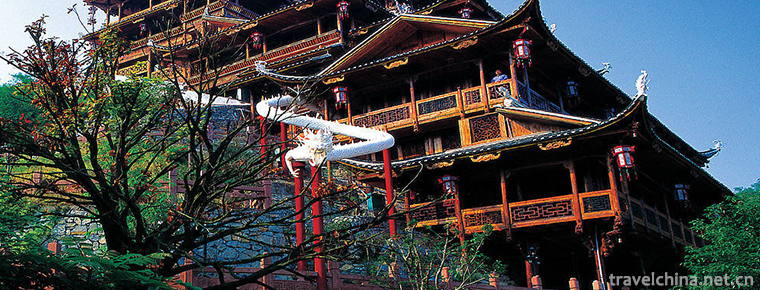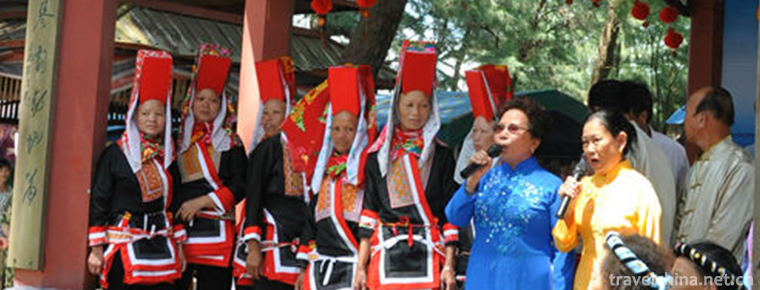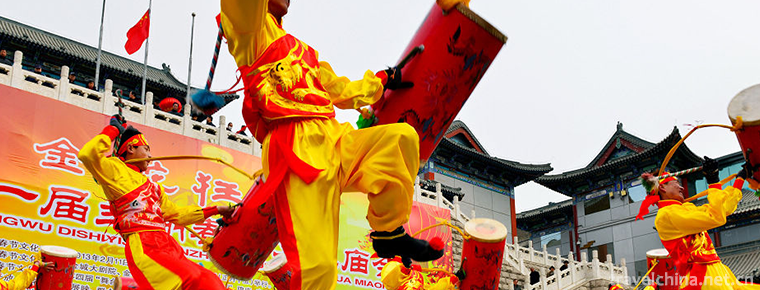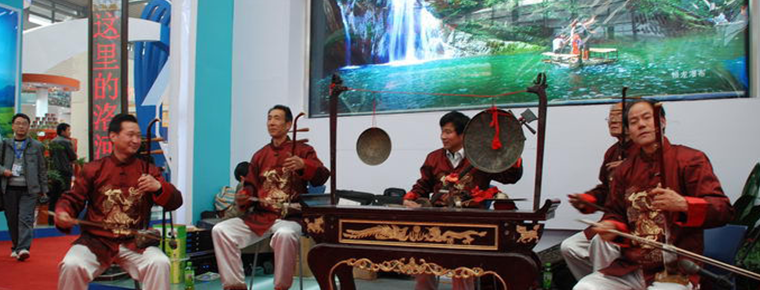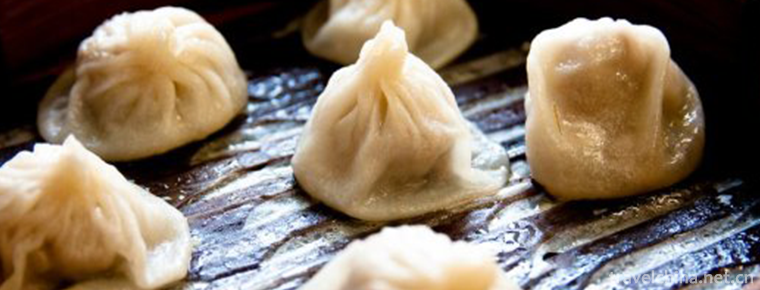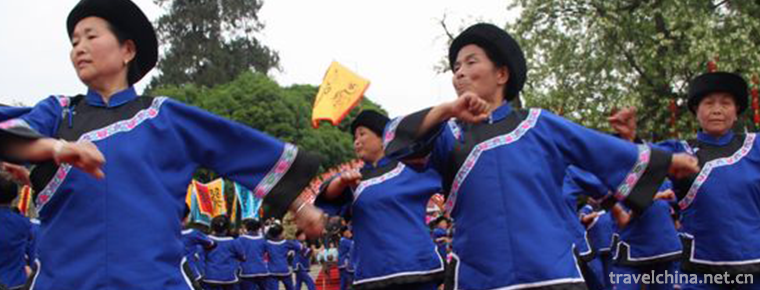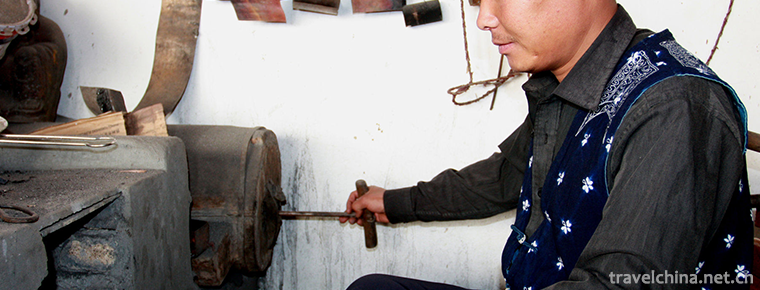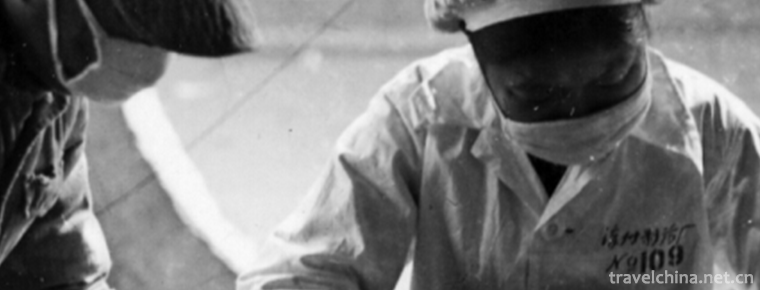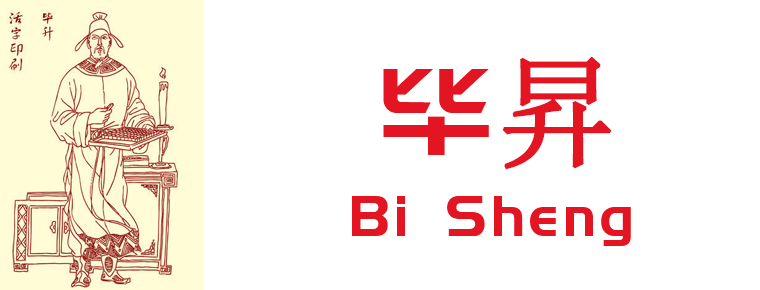Mosukun of Oroqen Nationality
Mosukun of Oroqen Nationality
Mosukun of Oroqen nationality is Oroqen language, meaning "telling and singing stories". Most of the performances are performed by a single person without accompaniment of musical instruments, such as speaking, singing and rap.
On May 20, 2006, "Oroqen Mosukun" declared by Heilongjiang Province was listed in the first batch of national intangible cultural heritage list with the approval of the State Council.
historical origin
Mosukun of Oroqen Nationality was a form of Quyi storytelling which was formed and prevailed in the Oroqen Nationality inhabited areas of Heilongjiang Xiaoxing'an Mountains and Xiaoxing'an Mountains, and was formed in the late Qing Dynasty.
artistic characteristics
form
"Mosukun" is a very rich art of rap, "which contains the meaning of sadly narrating or murmuring about one's own suffering, telling and singing more about the heroic story of'Morgan'and one's own life experience of suffering". "Mosukun" comes from life, and its production is closely related to religion. Shaman is not only a wizard who specializes in religious activities, but also a performing artist who can sing, dance and speak. Most of Shaman himself is the creator, disseminator and successor of literature. "Mosukun" is a combination of rap and singing performance form, the tune is not fixed, by the rapper to play freely.
content
Stories are long and short, long to tell for a few days to more than a dozen days, story characters are distinct. The language is vivid, the plot is tortuous and fascinating. The lyrics of "Hero Gepayao" reach 1900 lines, with more than 100,000 words. It vividly describes the story of Gepayao's struggle against the devil by means of metaphor, exaggeration, parallelism and metonymy. It is a rare grand epic in the treasure house of Chinese literature.
Tune
"Mosukun" tunes are mostly unstable and vary according to the different places of popularity. For example, the multi-purpose tunes circulated in Sunk , in Huma [Kuyale tune], and in Heihe belong to the "type tune". There are also situations where different tunes are used according to different programs, such as when performing "Aldan Butterfly", when performing "The Story of Twin Flying Birds", when performing "The Hunter and His Beloved Wife", which belongs to "stereotyped special tune". There are also cases in which various tunes are freely chosen or borrowed for performance.
Representative works
Existing representative works of "Mosukun" rap style include: Hero Gepayao, Wadukan and Yadukan, Polkanemogen, Buttihamozigan, Legend of the Two Flying Birds, Legend of the Deer, Tales of Yarin Juehan and Errheintergen, Nourland and Aldan Rolling Butterfly. Among them, there are heroic stories, love stories representing loyalty, stories of suffering life, stories of struggle against reluctance to humiliate, and so on. Those tortuous plots, vivid characters, strong appeal, coupled with beautiful tunes and humorous vivid language art, so that the listener more sleep and forget to eat, such as drunk. Mosukun's literary and linguistic art has the characteristics of fluency, rhyme, refinement and simplicity, which are prominent in prose and verse.
Inheritance and protection
Mosukun's artistic inheritance has been handed down by word of mouth. Famous artists include Mohaiting, Li Shuihua, Wei Jinxiang, Chutewen, Mendelin and so on.
The state attaches great importance to the protection of intangible cultural heritage. On May 20, 2006, the opera was approved by the State Council and listed in the first batch of national intangible cultural heritage list.
Inheritance significance
Throughout the 20th century after its formation, Mosukun was an important means of entertainment and education for the Oroqen people, as well as a carrier of their national spirit and ideology. It is of great significance to understand and study the social, historical, economic, cultural and religious traditions of the northern fishing and hunting nationalities, including the Oroqen. However, today's Mosukun has been strongly impacted by modernization, and its survival is in crisis, which needs to be protected urgently.
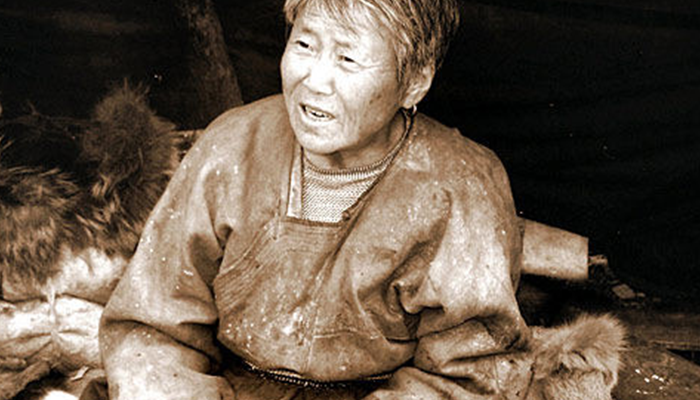
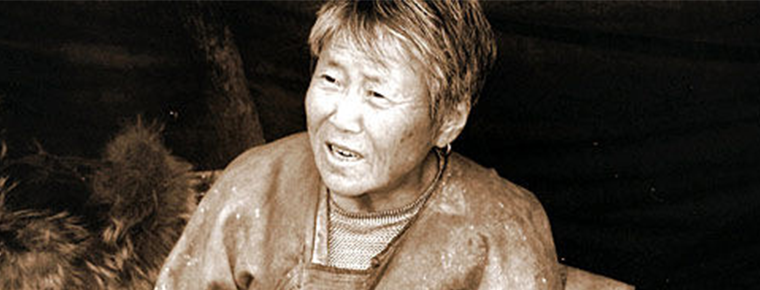
Mosukun of Oroqen Nationality
-
Lijiang bacon pork
Views: 380 Time 2018-10-17 -
Tujia Style Garden
Zhangjiajie Tujia Style Park is located in Zhangjiajie City, a beautiful pearl. The Park covers an area of more than 80 mu with a total investment of 75 million yuan. It is a large-scale
Views: 189 Time 2019-02-22 -
Kazakhstan Jing nationality Ha festival
Kazakhstan Festival, also known as "Singing Kazakhstan Festival", the so-called "Kazakhstan" or "Singing Kazakhstan" means singing. It is a traditional festival of the Ji
Views: 131 Time 2019-05-07 -
Lanzhou Taiping Drum
Lanzhou Taiping Drum, a traditional dance in Lanzhou City, Gansu Province, is one of the national intangible cultural heritage.
Views: 273 Time 2019-05-10 -
Luonan Jing Blackboard
In 2011, Luonan Jingbanshu was approved by the State Council and listed in the third batch of national intangible cultural heritage list. As early as in the Daoguang period of the Qing Dynasty (around
Views: 143 Time 2019-05-15 -
Traditional Cuisine Skills of Shanghai Bengang Cuisine
Benbang cuisine is a nickname for Shanghai cuisine and an important school of Han traditional catering culture in Jiangnan area. The so-called Ben Gang is local. It is characterized by thick red sauce
Views: 154 Time 2019-06-13 -
Tujia Waving Dance
Hand-waving dance is an ancient traditional dance of Tujia nationality. It mainly spreads in the Youshui River and Wujiang River basin at the junction of Hubei, Hunan, Chongqing and Guizhou. It mainly
Views: 125 Time 2019-06-23 -
Silver jewelry making skills
Yunnan has been known as the "metal kingdom" since ancient times. Silver and copper resources in Western Yunnan are very rich, with Dali as a typical representative. Heqing Silver Ware Makin
Views: 175 Time 2019-07-13 -
Traditional preparation methods of traditional Chinese medicine
Traditional Chinese medicine preparation method, one of the traditional Chinese medicine, is declared by the Chinese Academy of Traditional Chinese Medicine and the Chinese Association of Traditional
Views: 210 Time 2019-08-03 -
Bi Sheng
Bi Sheng (about 971 years to 1051) was promoted to Hubei, Huanggang, Hubei. Yingshan County One of the great inventors of ancient China, the inventor of the five great ancient inventions of ancient Ch
Views: 243 Time 2019-09-06 -
Chizhou University
Chizhou college is Anhui Province Full time general Undergraduate Colleges It's the only one in China. Hui Style Architecture The style of colleges and universities is the only one in Anhui colleges a
Views: 409 Time 2019-11-09 -
Yibin white tower
Baita (also known as Dongyan pagoda) is located in Baita Mountain Scenic Area of Yibin Lingang Economic and Technological Development Zone. It was built in 1569, the third year of emperor muzong's reign in the Ming Dynasty.
Views: 128 Time 2020-10-16
